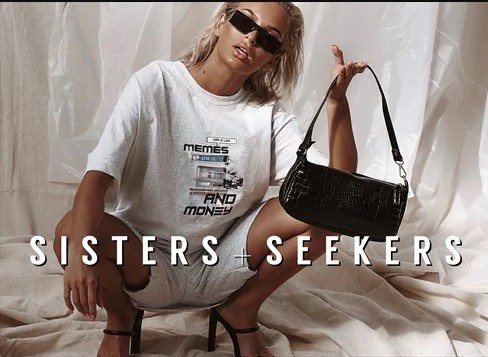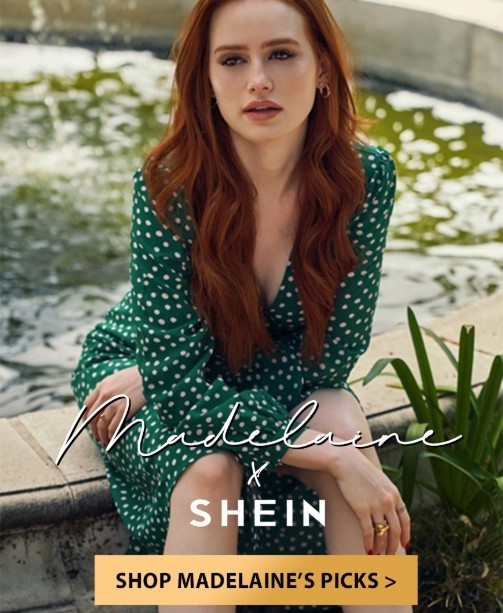Free students and colleges again. Or they?
A Fox and friend television show recently created a flow chart at Ohio State University students to help others determine if their Halloween costumes are racist. The host said a magazine run by students had created a chart that ignored “real problems” and, as one guest put it, these charts helped to fuel the “oppression” that now appears on college campuses.
Cabot Phillips, a conservative news program and media director, said: “Halloween has little to do this year – you can not even go walking like yourself, or people will be offended. reform.
The host pointed out that the flow chart was considered ridicule President Trump, and then asked the question: If you are white, you can dress up as President Obama it? (Although the host seems unable to reach agreement, due to racist history and information, countless students and professors over the years have been in trouble because they wear black.)
A story from Fox News Insider was submitted on a “shameless” label entitled “The University Halloween Costumes Outlet Guide,” with no Indian headdress on it, but laughed at Trump’s well.
In addition to the way the fox appears, this story has not yet been revealed.
The origin of the flowchart is not the responsibility of Ohio students. This is an alumnus of Ohio State University and wrote a satirical essay for a local magazine (one student, one millennial and student writer). Moreover, this flow chart does not imply any campus consensus, not to mention any hard and fast rules, even though many students are increasingly avoiding apparel based on the races of others – and even this year’s party is inevitable Clothing and theme.
As social media becomes more prominent, student clothing has received more and more attention in the past few years and images on the Internet can be shared and commented on. Last year, a white college student in central Arkansas dressed as a black man dressed as Bill Cosby was deported from his fraternity by a national chapter. Sombrero hats and Native American headdresses also aroused anger, with critics saying they belittle ethnic minorities and persist stereotypes.
Although Halloween stories about hypersensitive student or college policies, both social and conservative, occur every year around Halloween, they sometimes draw a misleading picture of how many universities In fact, control the student’s clothing. In practice, while many universities share information with students, why some garments may be offensive and often do not prescribe what students wear.
Last year, for example, the University of Wisconsin-La Crosse faced criticism that they were reviewing student clothing before Halloween. In fact, one department – not the university itself – has arranged for an optional event open to students to discuss Halloween costumes and what people may think of as racist.
Department of Ethnic and Ethnic Studies, which hosted the event, did not hold the event this year, Dan Damaff, the department’s chairman, said in an e-mail. Maudev, who was chairman in July of this year, said he did not propose a plan for the preparation of external incidents at the departmental planning meeting this year. He considers the department to be small and one of the faculty members on vacation.
He said: “Any rebound or support for last year’s incident was not a factor because no decision-making discussion on the matter was held this year.
Last year at the University of Florida, officials wrote a blog post asking students to carefully consider their clothing. They also use blog advertising contact information for university counseling services and prejudice education and response teams.
“If you choose to attend Halloween, we encourage you to consider your clothing and theme choices. Some halloween costumes reinforce stereotypes of particular races, genders, cultures or religions.” Whatever the purpose, these garments can make negative The stereotype continues, causing damage and attacks to a group of people. Also, remember that social media postings can have a long-term impact on your personal and professional reputation. ”
This position does not provide rules or regulations on clothing.
However, for this blog post, Breitbart, a far right news site, published a misleading article stating that “halloween costume infection students are getting round-the-clock counseling services” (consultancy is valid year-round rather than Halloween specific)
This month, Southern Utah Diversity and Inclusion Center launched an advertising campaign to raise awareness of cultural encroachment and offensive apparel. Like many other colleges, advertising campaigns in southern Utah are messages from specific campus centers or organizations, not top-down enforcement mechanisms.
The My Culture Not Costume campaign targets four students in southern Utah who hold clothing photos that continue the stereotype of the ethnic background of their students. For example, a Latino student holds a poster with a sombrero hat and a poncho with two pistols.
Nikki Koontz, a university spokesman, said in an e-mail: “We hope people will be able to do more research, raise questions and learn the right and proper cultural terms to bridge the gap between parochial stereotypes and appropriate cultural respect .
“This is not a mandatory measure from the top government.”
A blog post on the University of St. Thomas’s website, written by Amaris Holguin, a student internship student diversity and inclusion service, speaks similarly. A disclaimer at the bottom of the post that states “Apparel or Cultural Appropriations” states that the University of Minnesota has no official policy on Halloween costumes. However, the blog requires students to think critically about their clothing.
Of course, some apparel does become a case of university accreditation, but these cases are not the norm. At the University of Oregon last year, law school professors were found to have violated the University’s racial harassment policy on her clothing, though the case was somewhat unusual.
Professor Nancy Schutz apologizes for her clothes in black. She is trying to dress up as a book, a black man in a white jacket, a memoir of Dimon Tweedy, about a black man starting his medical career. She said her clothing was designed to raise awareness of the book and anti-racism messages.
Schutz wore this dress at a gathering in her home and invited students to attend. Some reports are unpleasant or uncomfortable, but have an obligation to stay because Schutz is still rating. Shurtz is still employed at the university, and the agency said any disciplinary action will be kept confidential. This problem is related to her role as a professor. Students in the same costume may be criticized but not investigated.
Nonetheless, spokesman Toby Klinger said he did not know any specific college communications about Halloween costumes this year. He also said he could not guess whether the student would violate the code of conduct if he found himself in a similar situation.
He said there is no blanket, dry rules or bans.
Klinger emailed: “I do not know of any specific correspondence.” Given the complexity of individual events, I can not really guess whether students would violate the code of conduct under similar circumstances. “




























